
Reading Time: 11 minutes
Boat owners often ask the question, “How to ship a boat internationally?” Shipping a boat internationally can be exhilarating yet challenging.
In this article, we will guide you through the process of shipping a boat internationally. We’ll provide you with valuable information on several topics.
- Understanding the regulations and requirements.
- Choosing the right shipping method.
- Finding a reliable shipping company.
- Booking the shipment and organizing logistics.
- Preparing the boat for shipping.
- Insurance and legal considerations.
- Finally, the arrival and delivery at the destination.
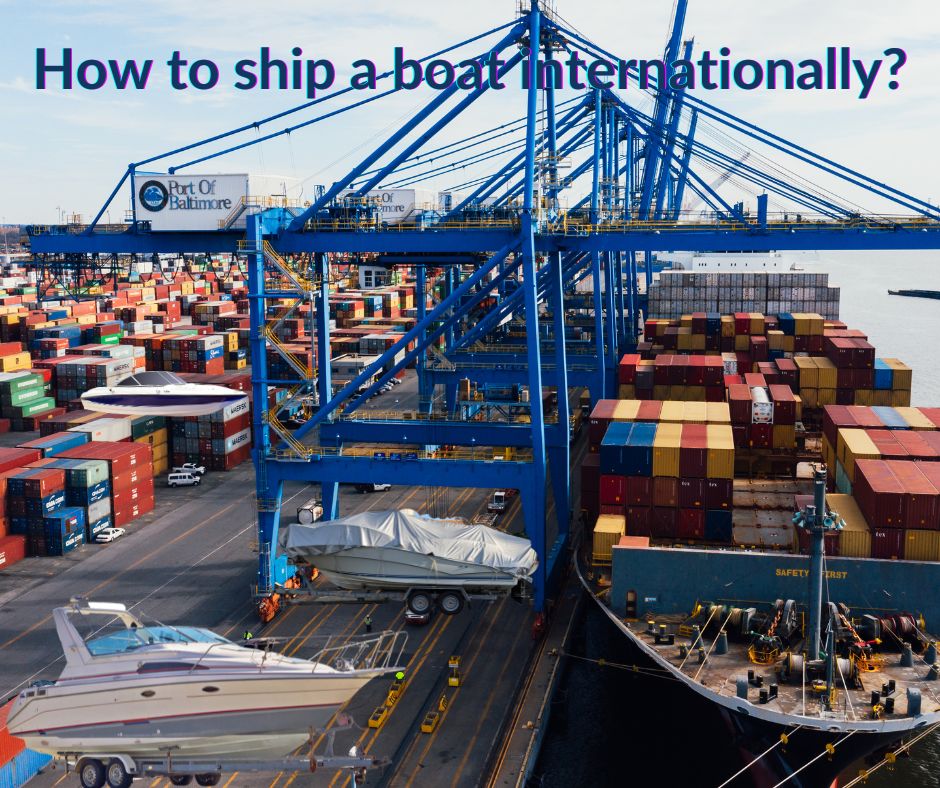
Are you thinking of Relocating, or selling to an international buyer? These need a good understanding of regulations, and finding a reliable shipping company is key. Keep these factors in mind, and you can almost always guarantee successful international boat shipment.
Are you a seasoned boater or new to the world of international shipping? In either case, dive in and discover how to ship a boat internationally.
Understanding the Regulations and Requirements of International Boat Shipping
There are several regulations and requirements to be aware of when it comes to shipping a boat internationally. Navigating through these can be a daunting task.
However, with the right knowledge and preparation, a smooth and hassle-free shipping process is guaranteed. In the next section, we will discuss the key aspects you need to consider.
Researching International Shipping Laws
To ship your boat internationally, familiarize yourself with the shipping laws of your destination country. This can prevent issues further down the journey.
Here are a few important points to consider:
- Check if there are any restrictions or limitations on the following.
- Size,
- Type,
- or Age of boats.
- Determine if there are any specific licensing or registration needed for boats coming from abroad.
- Find out about customs duties and taxes that may apply when importing a boat.
- Understand any environmental requirements for transporting boats. This includes the need for cleaning or fumigation certificates to prevent the spread of invasive species.
Obtaining Necessary Documentation | International Boat Shipping
To ensure a smooth shipping process, you will need to have the necessary documentation and paperwork. Make sure to check with the destination country’s customs authorities or shipping agents for a complete list of required documentation.
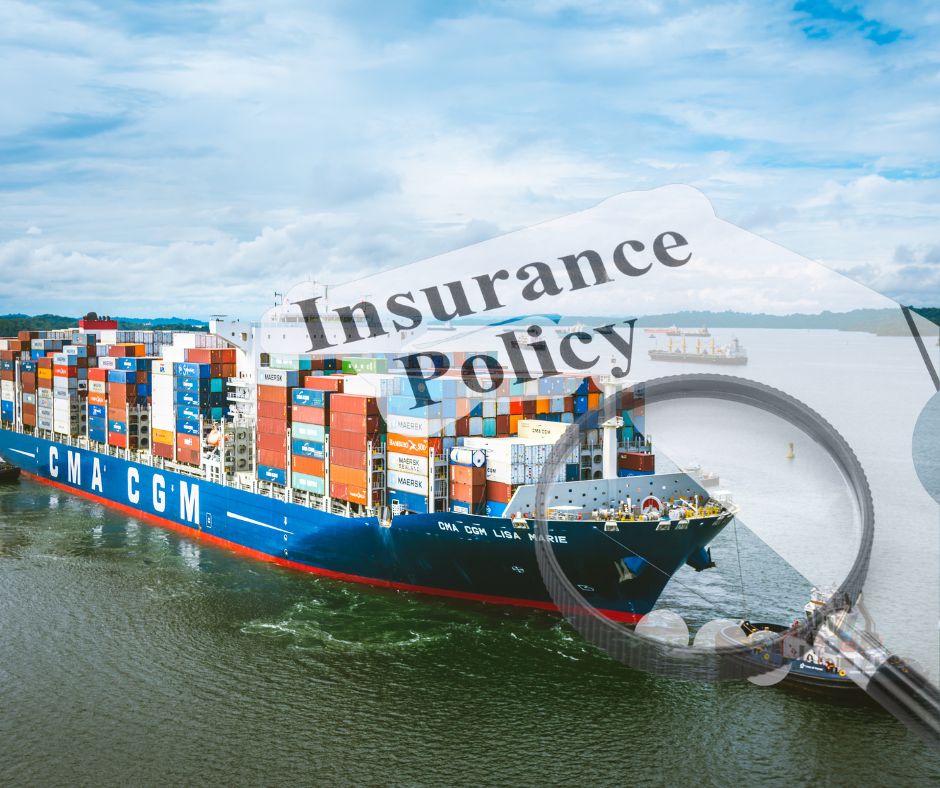
- Proof of ownership, such as the boat’s title or bill of sale.
- Valid identification, such as your passport or driver’s license.
- Any applicable licenses or permits required by the destination country.
- The boat’s registration documents and a certificate of seaworthiness.
- Shipping contracts and agreements with the shipping company.
Preparing the Boat | Ship a Boat Internationally
- Thoroughly clean the boat
- both inside and out, to prevent the spread of pests or biohazards.
- Remove any personal belongings, loose items, or valuables from the boat.
- Secure all loose equipment.
- Such as navigation devices.
- Fishing gear.
- Or sails, to prevent them from shifting or getting damaged.
- Disconnect the boat’s batteries.
- Drain all water systems to avoid any leaks or electrical issues during shipping.

| 1. | Clean the boat thoroughly and remove personal belongings. |
|---|---|
| 2. | Secure loose items and equipment to prevent damage. |
| 3. | Disconnect batteries and drain water from boat systems. |
Follow these steps and carefully prepare your boat for shipping! This can ensure a smoother and safer transit experience. Happy boating!
Are you a boat owner? This is for you: US Boat Transportation Regulations | Compliance Made Easy.
Choosing the Right Shipping Method | Ship a Boat Internationally
Choosing the right shipping method is crucial to shipping your boat internationally. You have a few different options to consider, each with its own advantages and considerations. With this in mind, here are three common shipping methods to help you decide which one is best for you!
1. Roll-on/Roll-off (RoRo) Shipping
RoRo shipping is a popular and cost-effective method for shipping boats internationally. Accordingly, your boat is driven onto specifically designed transport vehicles. This means it is exposed to the elements during transit. As a result, it’s important to take precautions to protect it from potential damage.
Advantages of RoRo Shipping
- Cost-effective option
- Easy loading and unloading process
- No need for cranes or lifting equipment
Considerations for RoRo Shipping
- Limited protection from the elements
- Height restrictions may limit the size of boats that can be shipped
- Potential for exposure to saltwater during transit
2. Container Shipping
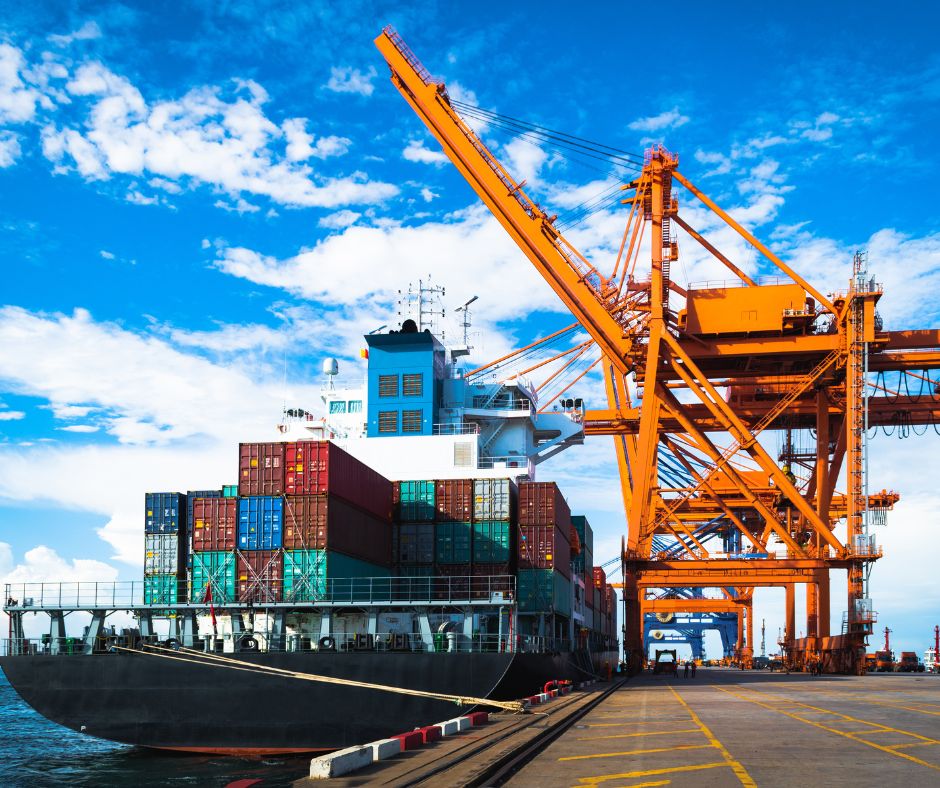
Why not consider container shipping? This is where your boat is transported inside a shipping container. This method offers more protection when compared to RoRo shipping.
Why? The boat is shielded from the elements. Another key point is that container shipping can be more costly. It also requires specialized equipment for loading and unloading.
Advantages of Container Shipping
- Increased protection from weather conditions
- Possibility to ship additional items with your boat
- Various container sizes available to accommodate different boats
Considerations for Container Shipping
- Higher cost compared to RoRo shipping
- Additional equipment needed for loading and unloading
- Size and weight restrictions may apply
3. Lift-on/Lift-off (LoLo) Shipping
LoLo shipping uses a crane to lift your boat onto the shipping vessel. It is lifted off on arrival at the destination port. This method is typically used for larger boats or yachts that cannot be transported using RoRo or container shipping. Comparatively, LoLo offers significant flexibility in terms of boat size and weight. It is noted that it can be more expensive, and require specialized equipment and logistics.
Advantages of LoLo Shipping
- Suitable for larger boats and yachts.
- Flexibility in terms of boat size and weight.
- More protection compared to RoRo shipping.
Considerations for LoLo Shipping
- Higher cost compared to other shipping methods.
- Requires specialized equipment and logistics.
- Longer loading and unloading process.
The Future of Boat Shipping | Trends and Innovations to Watch
Making the Right Choice
Choose a shipping method for your boat based on size, type, budget, and desired protection. Compare the advantages and disadvantages of each, and seek expert counsel for optimal outcomes.
Thoroughly research each shipping option and the associated regulations to make an informed decision. Choose wisely to ensure your boat’s safe arrival.
Does all this excitement about boats get you going? Let’s go fishing for the cheapest state to buy a boat!
Finding a Reliable International Boat Shipping Company
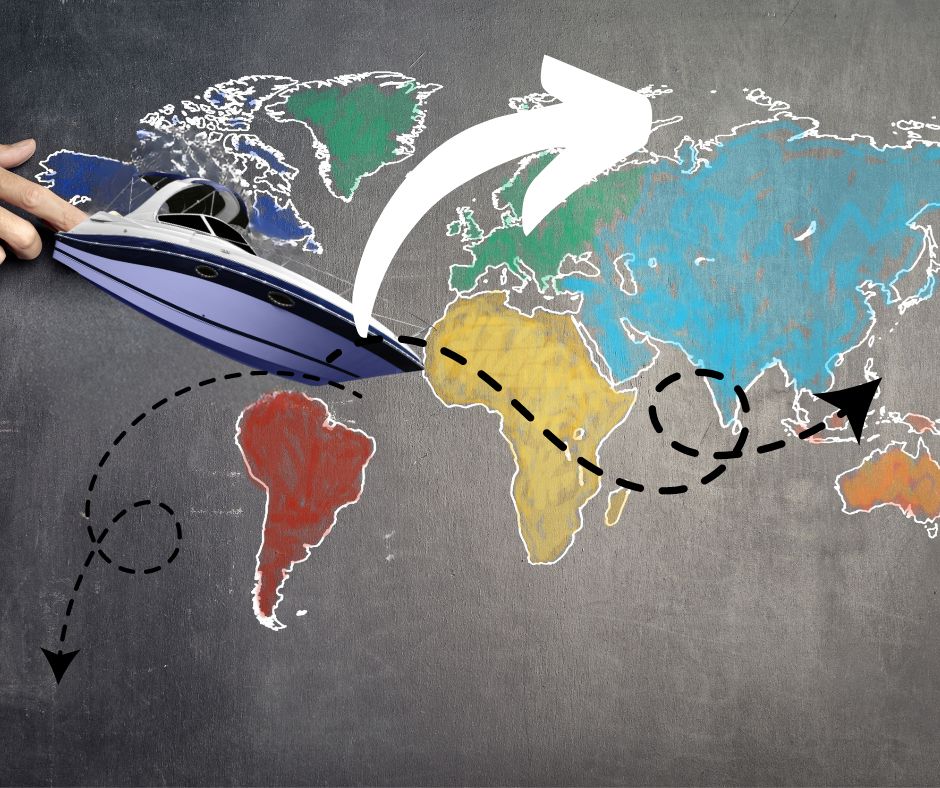
Do you know the importance of shipping your boat internationally? Or that finding a reliable shipping company is crucial. This is especially true when you want to ensure that your boat is handled with care.
Correspondingly, it should arrive at its destination on time, and in the same condition as when it left. Take these steps to find a reputable international boat shipping company!
Research and Compare Shipping Companies
It’s important to conduct thorough research to find shipping companies that specialize in international boat transportation. Start by searching online. Look for companies that have experience in shipping boats to your desired destination. Make a list of potential companies and compare them based on these factors.
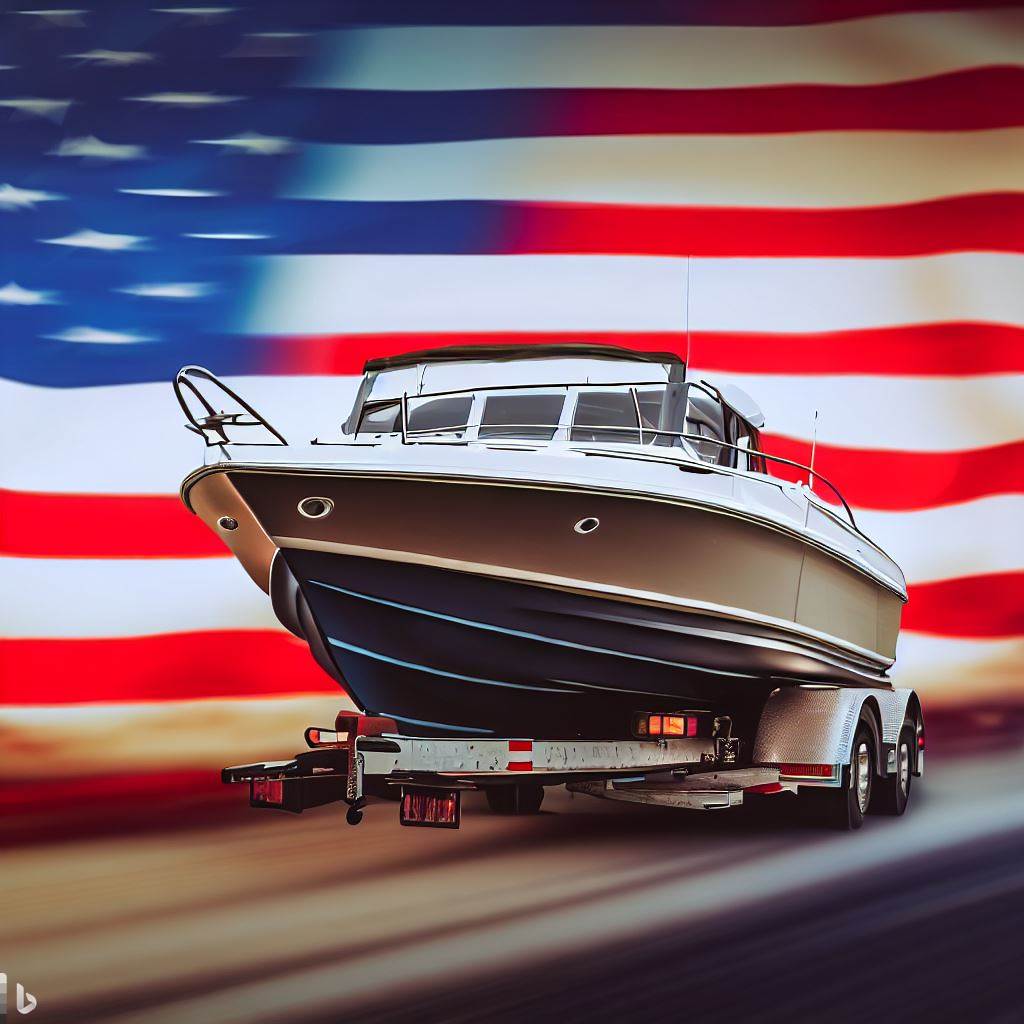
- Experience. Look for companies that have been in the industry for a long time. An experienced shipping company will have extensive knowledge of international regulations and requirements. Furthermore, they will be well-equipped to handle any challenges that may arise during the shipping process.
- Services Offered. Check if the shipping company offers the specific services you require. Some companies may only offer certain shipping methods, or may specialize in limited types of boats.
- Make sure the company you choose can accommodate your specific needs.
- Do they ship to the destination you have in mind?
- Coverage. Determine the areas that the shipping company covers.
- It’s important to choose a company that has a wide coverage network. They can ship your boat wherever you need it to go.
Let’s find out more about boat shipping in the USA!
Evaluating Experience and Credentials
Great! You have a list of potential shipping companies. Now, it’s important to evaluate their experience and credentials. Here are some ways to assess the reliability of a shipping company:
- Check for Licenses and Certifications. Ensure that the shipping company is licensed and authorized to handle international boat transportation. Look for certifications such as ISO accreditation, which indicates that the company follows international quality standards.
- Consider Industry Reputation. Research the reputation of the shipping companies on your list. Read customer reviews and testimonials to get an idea of the experiences of other boat owners who have used their services. Look for any red flags or recurring negative feedback.
- Ask for References. Don’t hesitate to ask the shipping companies for references from past customers. Contact these references and ask about their experience with the company.
- Were they satisfied with the service?
- Did the company handle any issues effectively?
Booking the Shipment and Organizing Logistics
You have done your research and chosen the right international boat shipping company. The time to move forward with booking the shipment and organizing the logistics is here. This step is crucial in ensuring a smooth and hassle-free process. Why not keep these key considerations in mind when you book the shipment, and organize logistics.
Get Quotes and Negotiate Prices
Contact shortlisted shipping companies to request quotes for your boat shipment.
- Provide all relevant details, including dimensions, weight, pickup and delivery locations, and any other requirements. Receive and compare quotes, taking into account reputation, reliability, and services offered. Negotiate prices to secure the best deal.
Arranging Pick-up and Delivery
- Arrange pickup of your boat with the shipping company, including any requirements such as a crane or trailer. Plan delivery to the destination port, including transport to the final destination, e.g., marina or property. Communicate clearly to ensure a detailed plan and prevent surprises or delays.
Managing Customs and Import Regulations
Familiarize yourself with the destination country’s import regulations and provide necessary documents (bill of sale, proof of ownership, etc). Work with the shipping company to ensure customs regulations are followed and all paperwork is in order. Stay organized and keep documents readily available.
Remember any additional fees and charges involved in the shipping process. Think of things like port handling fees, customs duties, and taxes. Discuss these details with the shipping company. Get a clear understanding of all the costs involved before finalizing the booking.
“Booking the shipment and organizing logistics requires careful planning and clear communication. It’s important to work closely with the shipping company and stay organized to ensure a smooth process.”
Insurance and Legal Considerations

Shipping a boat internationally, requires you to consider insurance and legal considerations to ensure the protection of your valuable asset.
Navigating the complex waters of insurance and legal procedures can be overwhelming! So how do you make informed decisions and safeguard your boat during the shipping process? Here are some insurance and legal considerations to keep in mind.
Understanding Insurance Options
Understand insurance options before you think of shipping your boat. This is important. Marine cargo insurance is the most common option and provides coverage against.
- loss or damage due to
- accidents,
- theft,
- natural disasters,
- and other unforeseen events.
It’s important to carefully review the terms and conditions of the insurance policy to ensure it meets your specific needs. Consider factors including, coverage limit, deductible, and any exclusions. Some insurance policies may require additional coverage for specific regions or routes. This is true if your boat is being shipped to a high-risk area.
Verifying Liability Coverage
In addition to cargo insurance, verify if liability coverage is provided by the shipping company. Liability coverage protects against any damage caused to third parties during the shipping process. This could include damage to other vessels, docks, or harbors.
Confirming that the shipping company has adequate liability coverage will give you peace of mind. Know that you are protected in case of any accidents or incidents during transit.
Consulting with Legal Professionals
International boat shipping involves complying with various legal requirements and regulations. To ensure full compliance with these laws, it is advisable to consult with legal professionals who specialize in maritime law. They can provide guidance on international shipping regulations, customs procedures, and documentation requirements.
Legal professionals can assist you in understanding the terms and conditions of the insurance policies. Not only can they check that you are adequately protected, they can review contracts and clarify any ambiguities. This ensures that you fully understand your rights and obligations.

Arrival and Delivery at the Destination
After a long journey, your boat has finally arrived at its international destination. Now, it’s time to complete the final steps and ensure a smooth delivery. In this section, we will discuss what you need to do upon arrival to ensure a seamless process.
Tracking the Shipment
Tracking your boat’s shipment is crucial to stay updated on its whereabouts. Most shipping companies provide a tracking number or a way to monitor the progress of your shipment online. By using this tracking number, you can keep track of your boat’s location and estimated time of arrival. It’s always a good idea to stay informed so that you can plan accordingly.
Clearing Customs and Paying Duties
Before your boat can be released, it needs to go through customs clearance. Customs clearance involves the inspection and processing of your boat by customs officials to ensure that all necessary import regulations are met. Here are a few essential steps to follow:
- Consult with the shipping company or a customs broker to understand the specific customs requirements at your destination.
- Prepare all the required documentation.
- Including the bill of lading, commercial invoice, and any other relevant documents.
- Be prepared to pay any applicable import duties or taxes. These fees vary depending on the destination country and the boat’s value.
Arranging Transport to Final Destination
Once your boat has been cleared by customs, it’s time to arrange transportation to its final destination. This may involve hiring a local transport company or yachting service to bring your boat to the marina or storage facility of your choice.

- Research local transport companies and get quotes for their services.
- Make sure the transport company has experience in handling boats and has the necessary equipment, such as flatbed trucks or cranes.
- Communicate with the transport company about any special instructions or requirements.
Stay organized, communicate with the shipping company, and follow necessary procedures to ensure a successful delivery. Keep in mind that the arrival and delivery process may vary by country and circumstance.
Dropping the Anchor on How to Ship a Boat Internationally
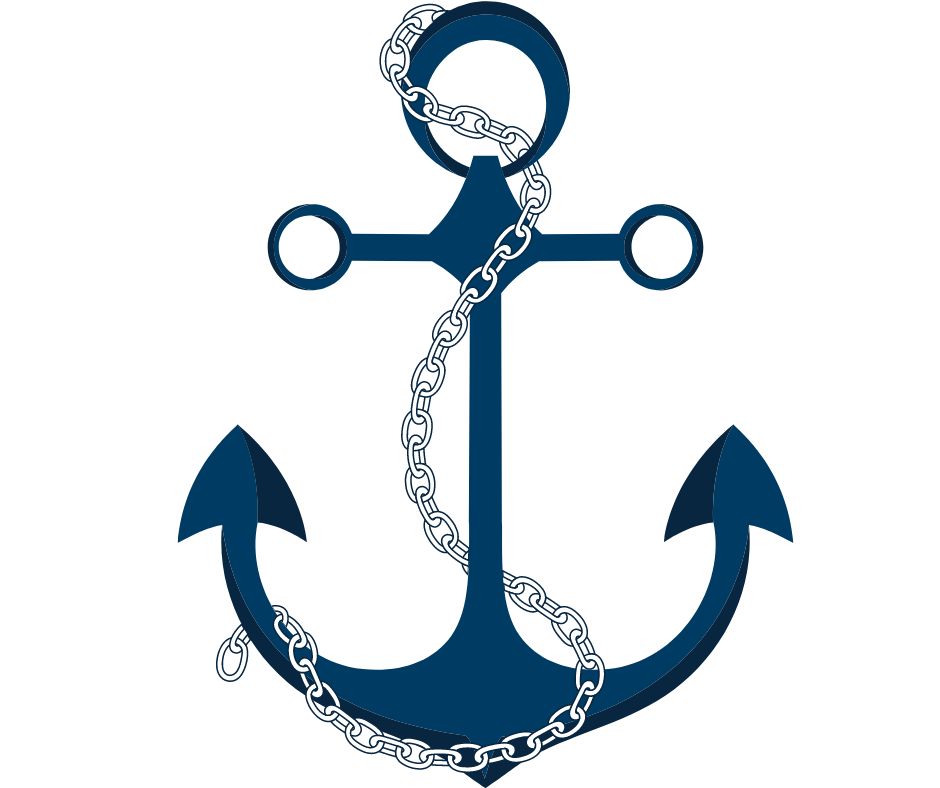
It is clear that shipping a boat internationally can be a complex process. Yet, with the right knowledge and preparation, it can be done smoothly. Here are a few key takeaways to hold on to!
- Make sure to plan in advance and adhere to all regulations for successful transport of goods. Research the laws of the destination country. Most of all, comply with all regulations for successful international boat shipping.
- Choose the right shipping method for your boat.
- Finding a reliable international boat shipping company is essential.
- Get multiple quotes and negotiate prices.
- Prepare your boat for shipping.
- Understand insurance options and verify liability coverage.
- Once the boat arrives at the destination, arrange transportation to the final destination.
Overall, international boat shipping requires attention to detail, research, and careful planning. Follow the right steps and work with trustworthy professionals. This way you can successfully navigate the process and ship your boat internationally.
If you’re looking for reliable and seamless vehicle shipping services, including boats, RVs, and more, be sure to check out Nationwide Auto Transportation. With their door-to-door service and extensive experience in the industry, they can help you transport all your vehicles with confidence.
Visit their website for more information.
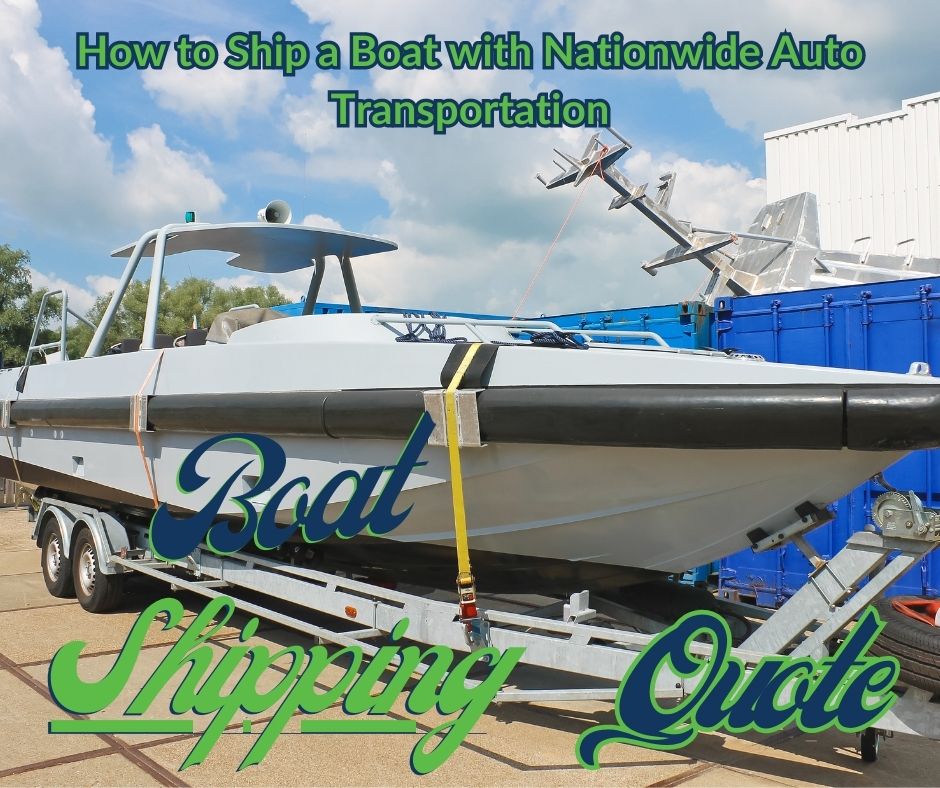
Ship a Boat Internationally | Frequently Asked Questions
What documents are required to ship a boat internationally?
The specific documents required may vary depending on the destination country. Common documents include below.
- the boat’s registration certificate,
- bill of sale,
- passport or ID of the owner,
- and a shipper’s letter of instruction.
Are there any size restrictions when shipping a boat internationally?
Yes, there are size restrictions for shipping a boat internationally. The maximum dimensions allowed will depend on the shipping method and the regulations of the destination country.
What shipping methods are available for international boat transport?
There are several shipping methods available for international boat transport, including Roll-on/Roll-off (RoRo), container shipping, and flat-rack shipping.
How much does it cost to ship a boat internationally?
The cost of shipping a boat internationally can vary widely. It is based on factors such as the boat’s:
- size
- weight
- destination
- shipping method
- and any additional services required.
It is recommended to obtain quotes from different shipping companies to compare costs.
Is it necessary to purchase insurance when shipping a boat internationally?
While insurance is not always mandatory, it is highly recommended to purchase insurance when shipping a boat internationally.



